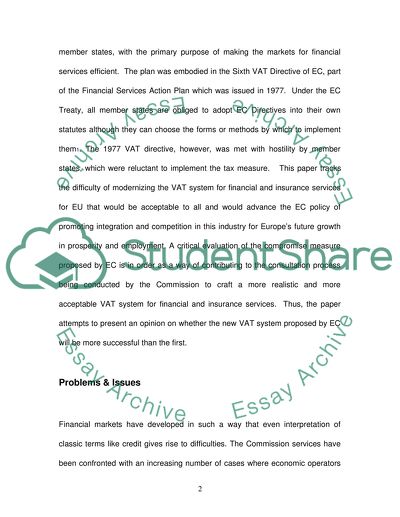Cite this document
(“EC Policy on VAT Assessment Essay Example | Topics and Well Written Essays - 2500 words”, n.d.)
EC Policy on VAT Assessment Essay Example | Topics and Well Written Essays - 2500 words. Retrieved from https://studentshare.org/law/1504793-ec-policy-on-vat-assessment
EC Policy on VAT Assessment Essay Example | Topics and Well Written Essays - 2500 words. Retrieved from https://studentshare.org/law/1504793-ec-policy-on-vat-assessment
(EC Policy on VAT Assessment Essay Example | Topics and Well Written Essays - 2500 Words)
EC Policy on VAT Assessment Essay Example | Topics and Well Written Essays - 2500 Words. https://studentshare.org/law/1504793-ec-policy-on-vat-assessment.
EC Policy on VAT Assessment Essay Example | Topics and Well Written Essays - 2500 Words. https://studentshare.org/law/1504793-ec-policy-on-vat-assessment.
“EC Policy on VAT Assessment Essay Example | Topics and Well Written Essays - 2500 Words”, n.d. https://studentshare.org/law/1504793-ec-policy-on-vat-assessment.


